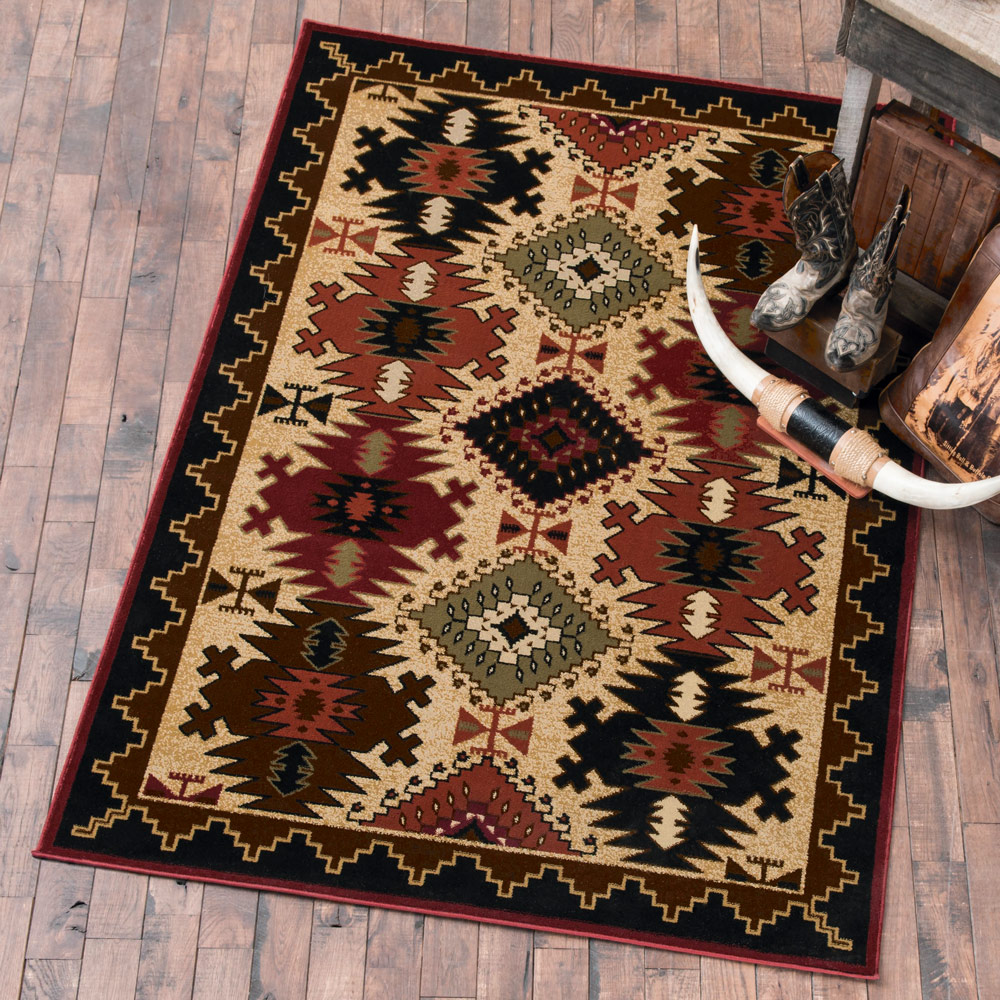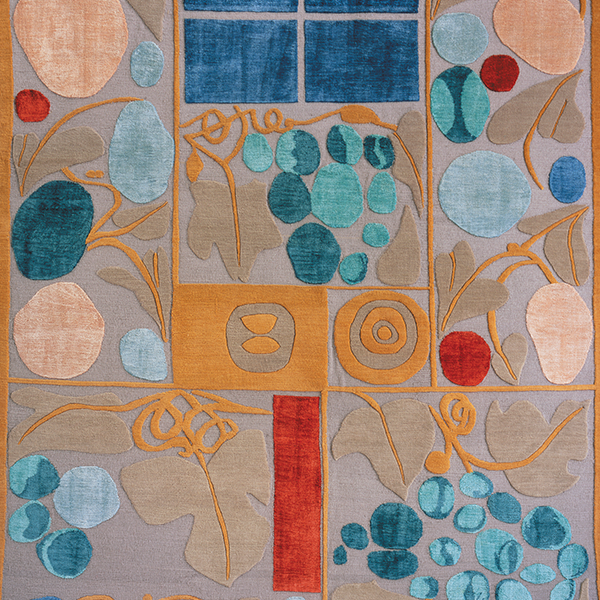Area Rugs Collection
The origin of carpet weaving in Europe is obscure, although some European countries did produce flat weaves and tapestries more than a thousand years before the introduction of pile carpets. Evidence shows that Oriental carpets were first imported after 1000 AD, so the technique of pile-knotting would at least have been known if not immediately imitated. You can visit our european rugs mall at rug stores. The spread of pile carpets throughout Europe can be traced to the presence of the Moors in Spain, the Crusades (11th to 13th centuries), the travels of Marco Polo (1254 – 1324) and the embassies of Venice from the 13th century onwards.
It was also helped by the colonial expansion of Portugal which began in the 14th century, with later settlements in the Persian Gulf (1509), Goa (1510) and Japan (1542) before the country was conquered by Philip II of Spain in 1580. One of the oldest fragments of European pile carpets is preserved in the Schlosskirche at Quedlinburg in the Harz mountain region of what was formerly East Germany. This is a portion of a rug known to have been made in the time of the Abbess Agness (1186 – 1203) and which must have originally measured 24 feet by 20 feet.

On it, we see rows representing scenes of Martianus Capella’s Marriage of Mercury and Philology. It was woven using the single knot like the one used in Spanish carpets, although no link with Spanish weavers has been determined. In 1255 when Eleanor of Castile married Edward I of England, she brought with her many fine Spanish rugs, which are said to have come from Cordoba or Granada.
In most of England, however, rushes and hay were strewn as floor coverings, even in palaces and large houses up until the early 17th century. Some lords were even reported to have the hay rugs changed everyday. Paul Hentzer, a German traveler, wrote that he personally saw hay strewn on the floor of Queen Elizabeth’s presence chamber at Greenwich Palace in 1598. Gradually, the wealthier British started using pile rugs throughout their homes.
In old European paintings, all depicted floor coverings resemble Oriental carpets, which is not surprising since Europeans were importing Persian rugs long before they themselves learned the craft. Many believe that Venice imported rugs from Asia Minor in the 15th century and that Europeans from all over preferred Oriental rugs. By the end of the 17th century, Persian and Turkish carpets were among the highest valued possessions in Europe. Kings and emperors would give silk Persian carpets to other political leaders as gifts to gain their ally or friendship.
By the mid 18th to 19th century almost all countries of Europe were weaving rugs of their own. The top producers were Spain, France, Poland, Italy, Great Britain, Germany, Austria, Holland, Romania, as well as Norway, Sweden and Finland. Today, handmade European rugs are rare as the industry cannot compete with the quality and cost of labor of Oriental rugs. Instead, some European countries such as Belgium have developed significant machine-made rug industries, mainly after World War II.


